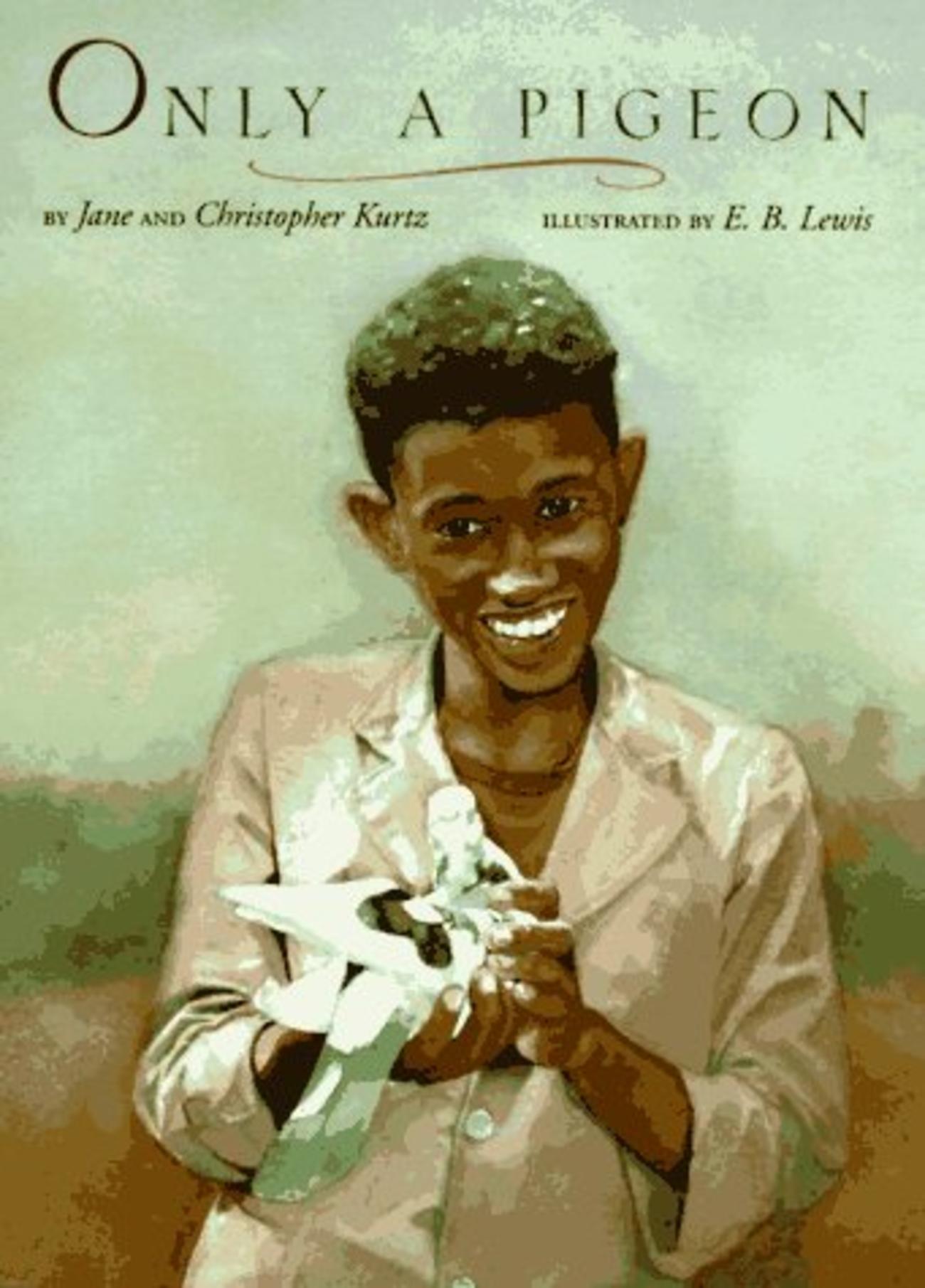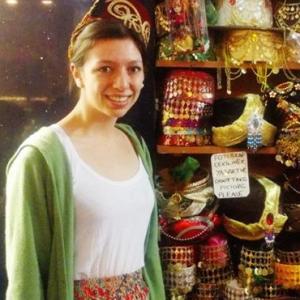Addis Ababa, known locally as Addis, means “New Flower” in Ethiopia's official language, Amharic. It was founded on a site of hot springs in 1886 by Empress Taytu Betul, the wife of Emperor Menilek II, while he was away on military campaign. Sections of the city, such as the central district’s Piazza, have a European style hangover from Italian occupation between 1935 and 1941. It has a population of just under 3 million and is an energetic, chaotic and fun capital.
All of our Ethiopia group tours will take you through this marvellous city, or spend some time there either side of a tailor-made holiday.
Why go?
Visit this under the radar city for its coffee culture and ceremonies, delicious cuisine, underground jazz scene 'Ethio Jazz' and largest outdoor market on the continent. The city has more recently become an important diplomatic host which has brought along with it upscale hotels, restaurants and transport links.
Best time to visit?
The dry season lasts from September/October through to April/May, though is this is also the busiest time.
Whilst February to May are the warmest months, it’s pretty much always sunny here. Ethiopians joke that they enjoy “13 months of sunshine” instead of 12, due to its Julian calendar.
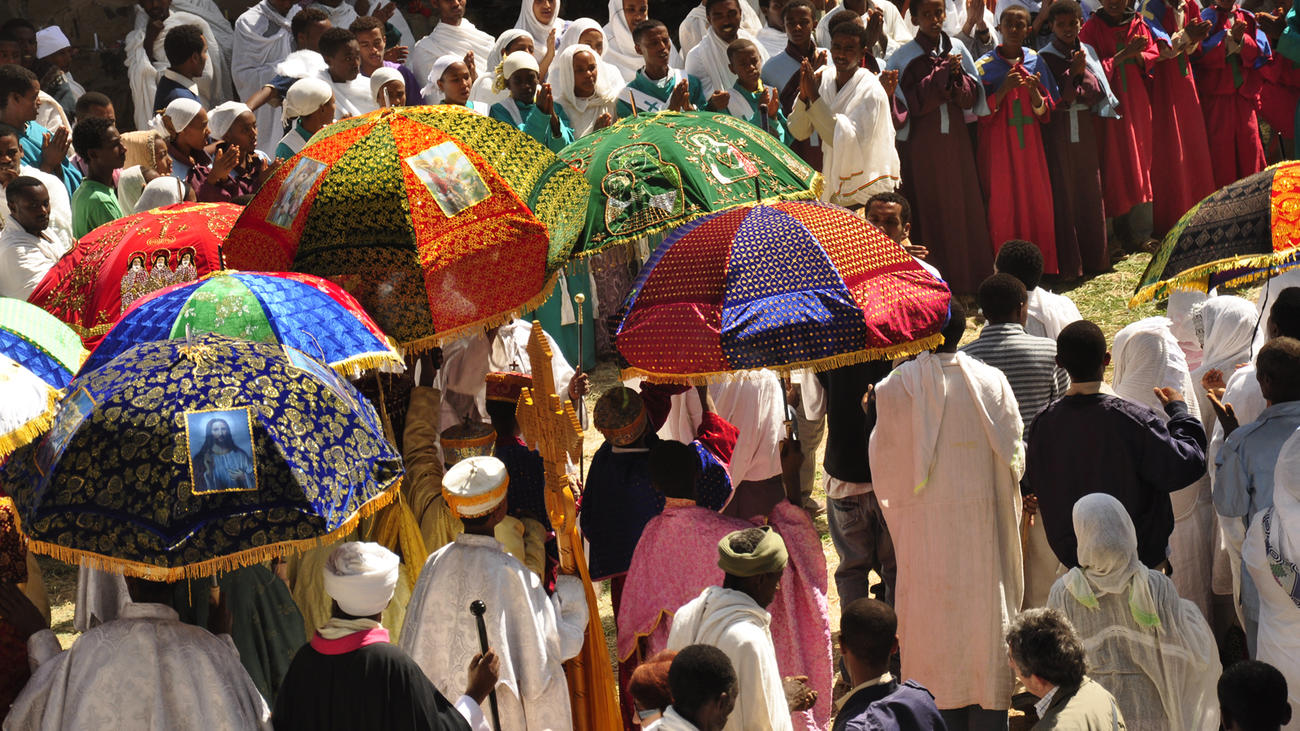
Religious festivities are a great time to visit the city, such as Timkat, Ethiopia’s Orthodox celebration of Epiphany, and Easter. Due to Ethiopia’s unusual observance of the 13th monthed Julian calendar, dropped by the rest of the world in 1582, Chistmas Day falls on 6 January. It also means the nation is seven years behind Western time.
Hit the streets
Wander around the central piazza area and old town for cafes and jewellery stores.
Lunch
Enjoy Italian café culture with a macchiato and slice of pizza on Bole Road or the central piazza.
Must-sees
The impressive monument of the city’s founder Menelik II in the city’s heart at Menelik II Square. Built by Emperor Haile Selassie I in 1930 it is the “ground zero” from which all the highways of Ethiopia mark their distance from.
Meanwhile the monument at Arat Kilo commemorates independence from Italians. The date May 5th refers to both the day Addis fell to Italy in the March of the Iron Will as well as the day Haile Selassie returned to the city after its liberation.
Meet the family at the National Museum. The skeleton of 3.2 million year old Lucy was discovered in 1974 in Ethiopia’s Afar Depression. Despite being a fully-grown adult, Lucy would have been just 3 ½ feet tall and 4 ½ stone. Lucy toured the States before returning to her homeland in 2013. The rest of the museum is worth an explore, it is one of the most important Sub-Saharan museums.
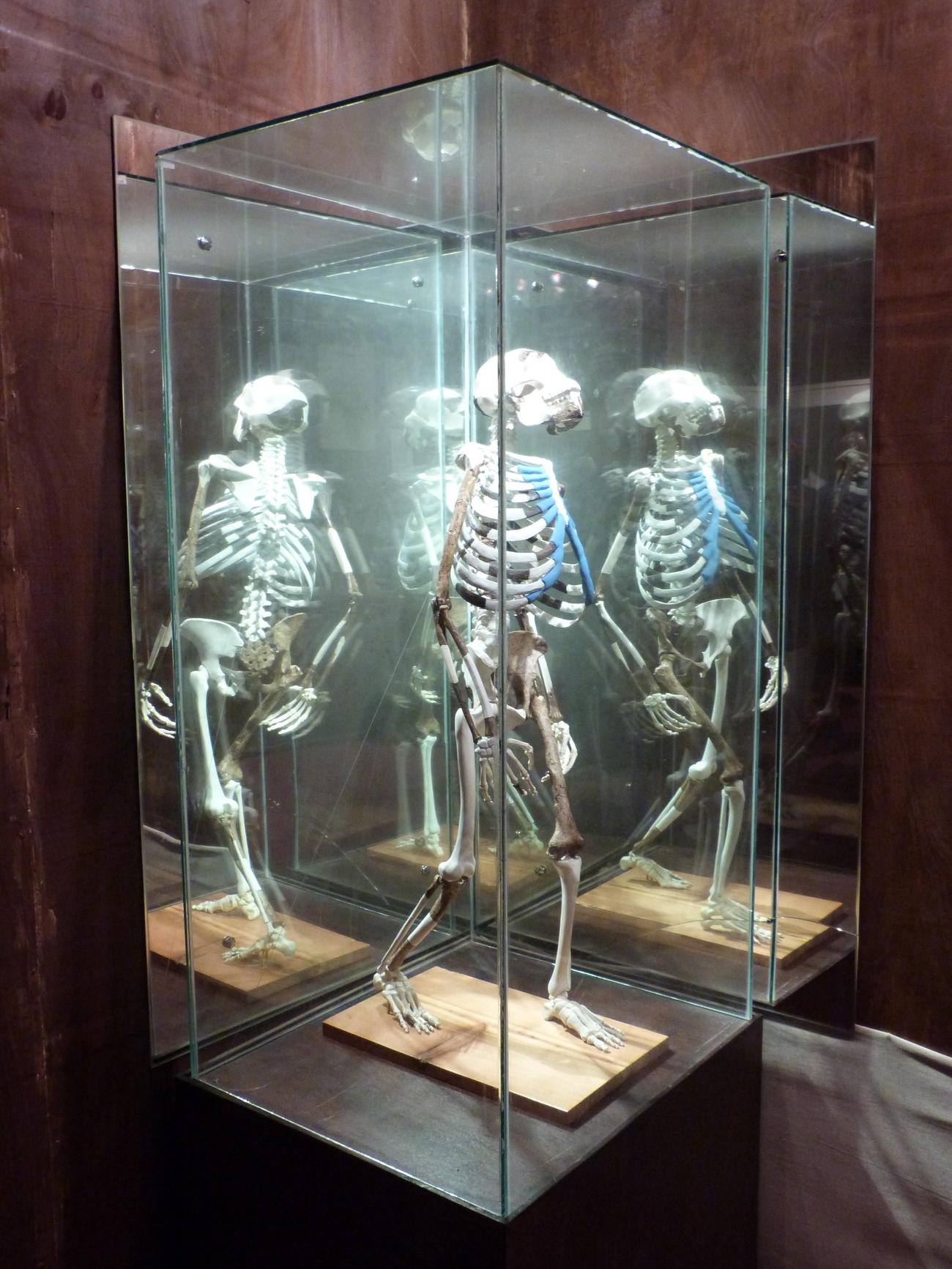
Africa Hall, built in 1961 by Emperor Haile Selassie, is the permanent headquarters of the Organization of the African Unity and the UN’s Economic Commission on Africa. This is worth a visit for one of the world’s biggest pieces of stained glass found inside, measuring 150 square metres, a monumental piece of art called ‘Africa: Past, Present and Future’, by the artist Afewerk Tekle which floods the white marble floor with colour. Appointment is necessary.
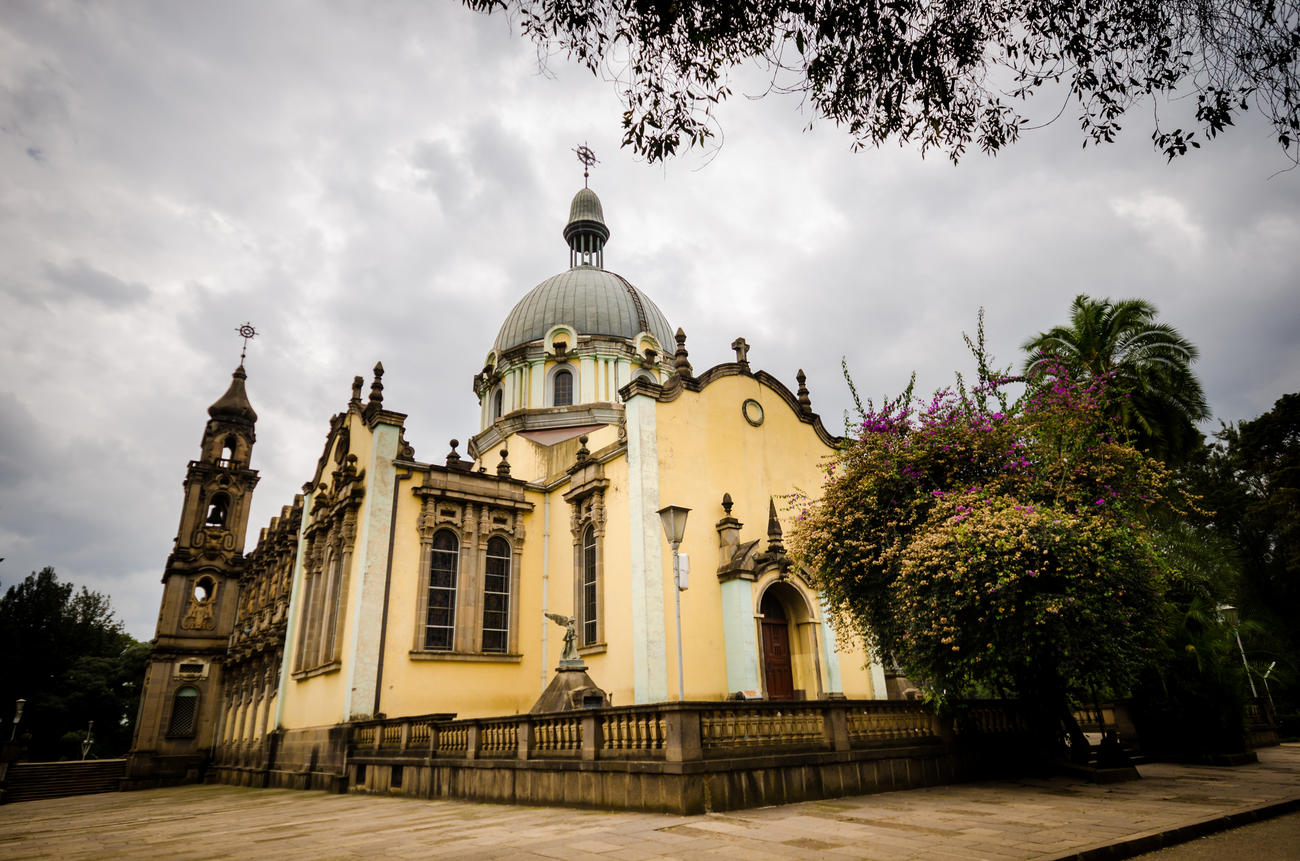
There are several interesting Orthodox churches to see, the most sacred of which is the Holy Trinity Cathedral with its prominent dome and intricately decorated grounds. The tomb of Emperor Haile Selassie lies here.
Things to do
Addis is famed for its jazz scene, where modern jazz fuses with traditional Ethiopian music and instruments and the professional meets the improvised. It grew as a street cultural revolt against government authority. Watch jazz while sipping Tej, fermented honey beer, the national drink.
Asni Gallery is the best gallery for contemporary art while the city’s Ethnological Museum introduces some of the country’s major tribes as well as covering the history of Ethiopian coffee culture. It is located in the palace of Emperor Haile Selassie where you can visit his former bedroom and bathroom.
Try and catch some traditional dancing like the unusual but no less impressive shoulder dancing. You can watch traditional dancing while enjoying traditional Ethiopian food at one of our recommended restaurants below.
Shopping
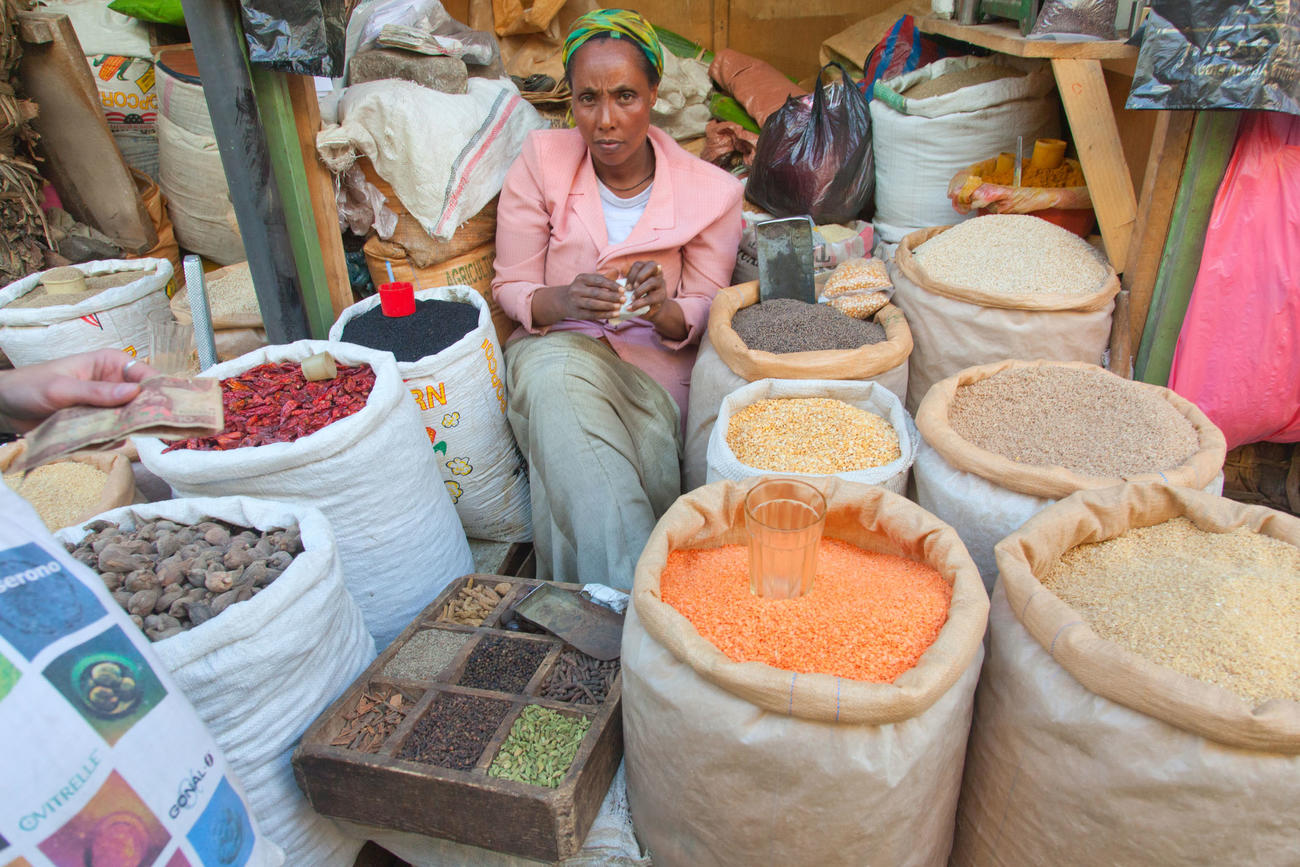
You can’t visit Addis without visiting the largest open-air market on the continent, Addis Mercato, where sprawling stalls sell spices, including mitmita, a specifically Ethiopian flavouring mixture, to kitchen-ware, such as clay coffee pots jebena, and everything inbetween.
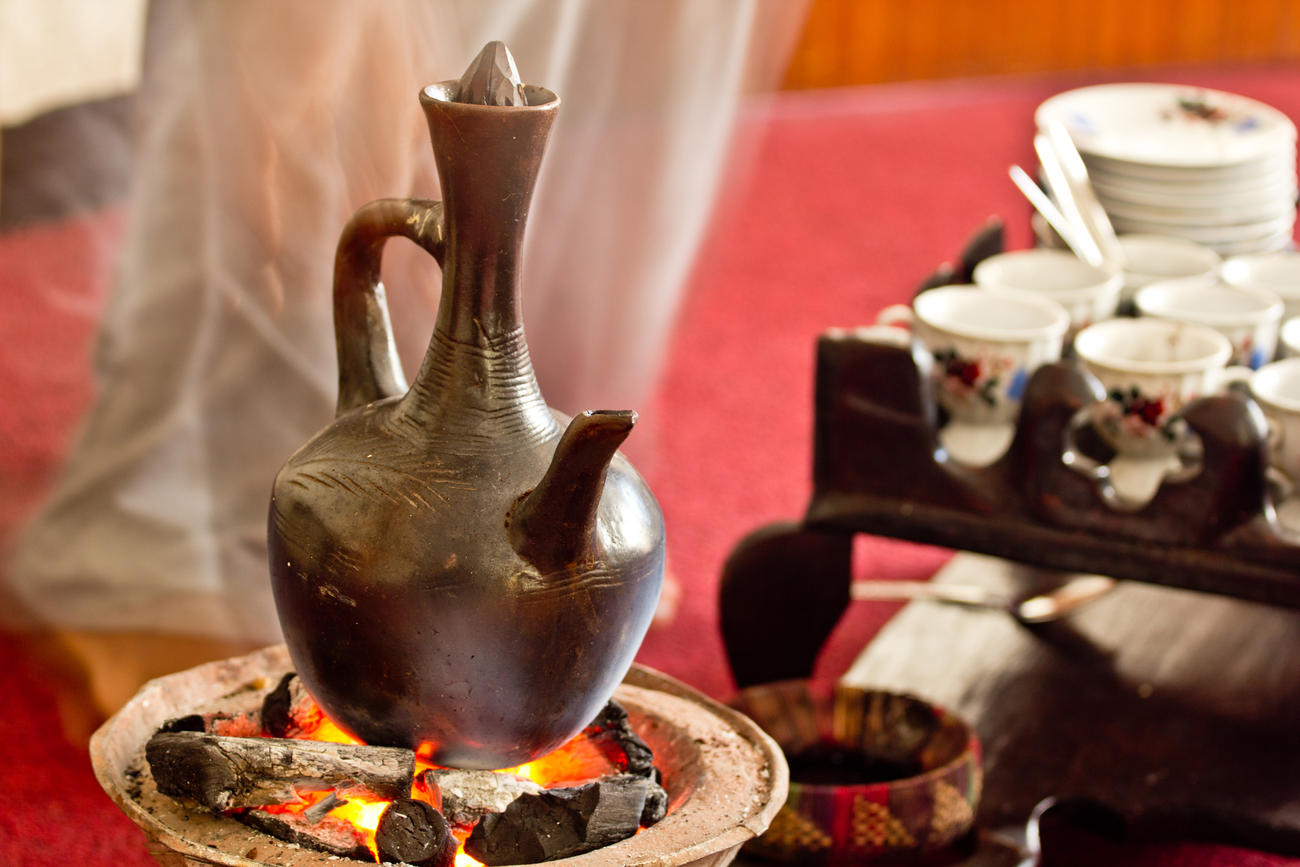
Have your shoes shined, fuel yourselves with roadside samosas and coffee or even refuel your vehicles with handy petrol vendors round the market! Livestock roam freely, groaning trucks constantly load and unload supplies while stall holders rush about with confident ease carrying stacks on their heads.
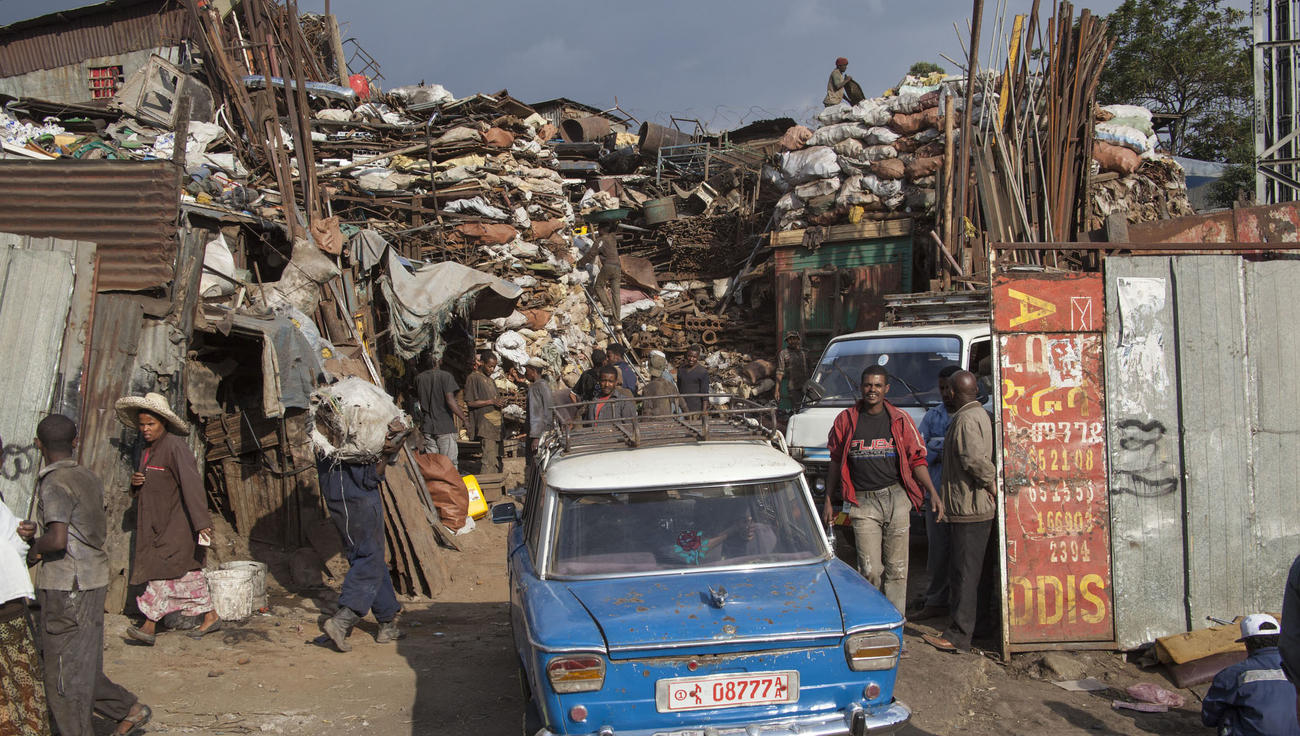
For a slightly less hectic shopping experience, Churchill Avenue is your street for buying souvenirs or silver shopping in its jewellery shops.
Dinner
To eat authentic Ethiopian food alongside traditional music and dancing, try Bole Road’s 2000 Habesha where you can sit in traditional low seating in tukul huts or Yod Abysina.
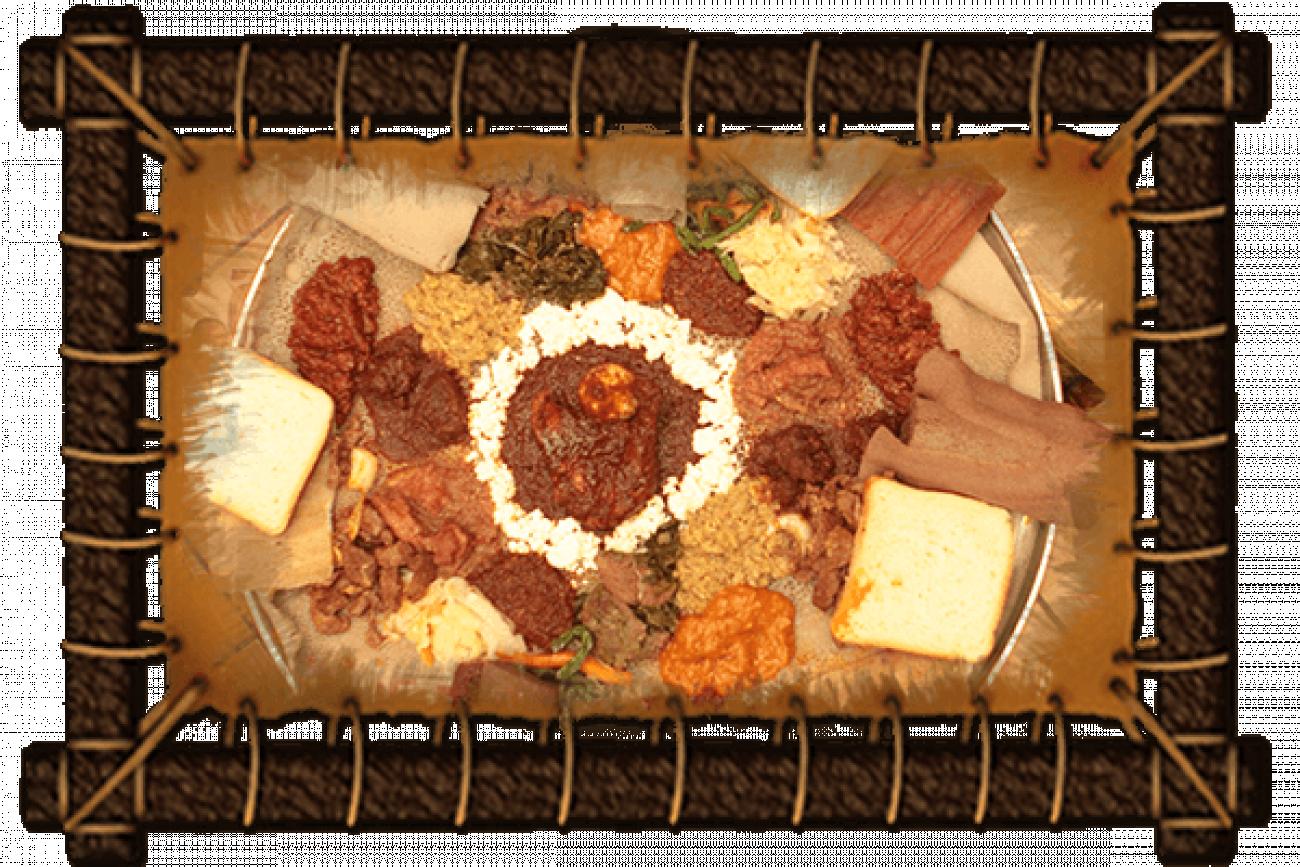
(Photo: 2000 Habesha)
Watch footage of traditional dance taking place at Habesha.
Sleep
Avoid generic hotels by staying at the boutique Zeist Lodge, plenty of character and best of all, only a ten minute drive from the airport.
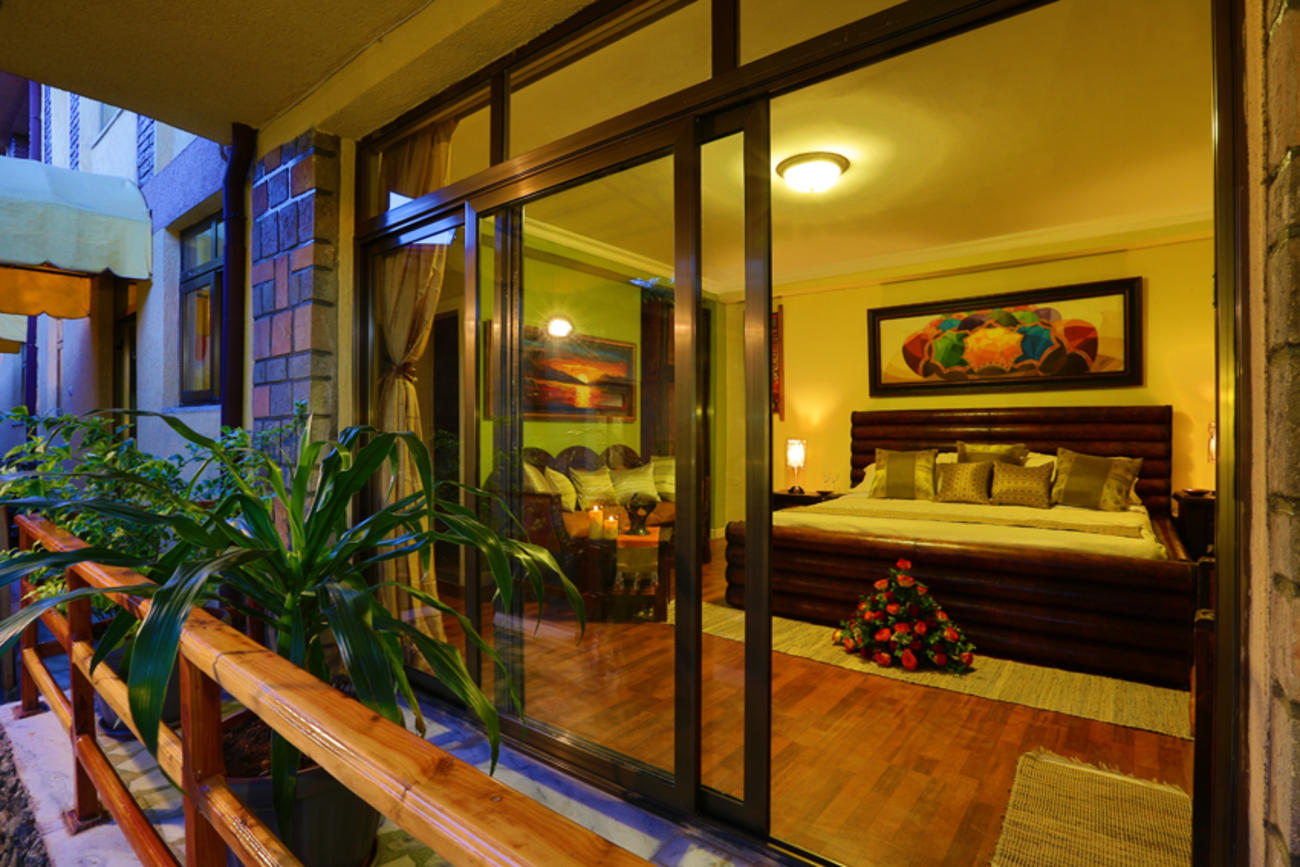
Insider tip
Wild Frontiers tour leader Dario recommends Mama’s Kitchen for the best jazz in town while Yewedal Asmari Bet is an underground Ethiopian dance hall that’s tough to find unless accompanied by a local.
Quick Facts
Population: 3.385 million
Languages: Amharic (English/Arabic/Italian/French are widely spoken as well as very many distinct Ethiopian languages and dialects)
Currency: Ethiopian birr
Time Zone: East Africa Time Zone (GMT+3)
Flight time from London: 7hr 10
Visas: You can get a visa either before you go or on arrival – although on arrival you do chance encountering long queues! It costs 50USD, payable in cash.
Reading:
Cutting for Stone by Abraham Verghese. A novel set between Addis and New York about the coming of age of orphaned twin brothers born of a secret union between a beautiful Indian nun and a brash British surgeon, while Ethiopia hovers on the brink of revolution.
The Danakil Diary: Journeys Through Abyssinia by Wilfred Thesiger, Britain’s greatest living explorer, who spent a great deal of his childhood in Ethiopia. The book details the coronation of Emperor Haile Selsassie.
Heading on a family adventure? Check out the beautifully illustrated Only a Pigeon by Jane Kurtz.
